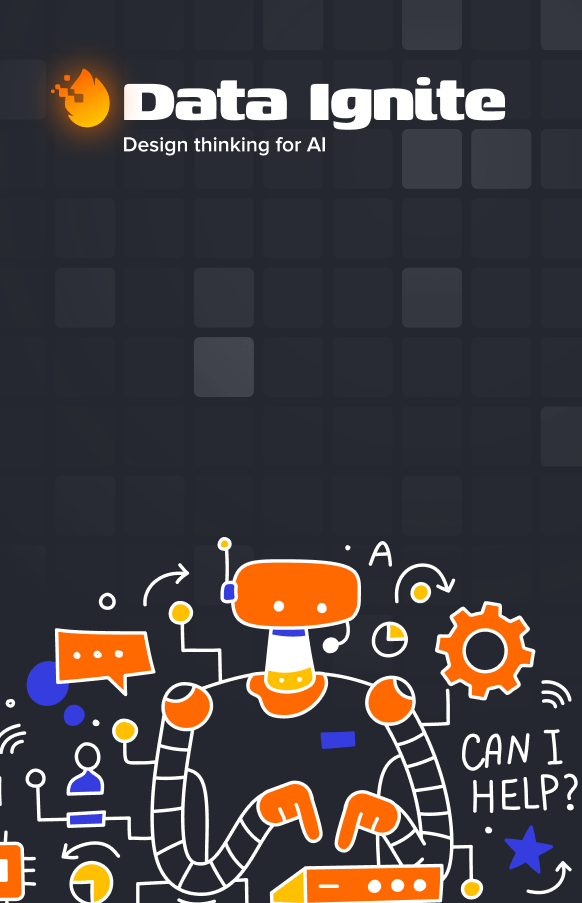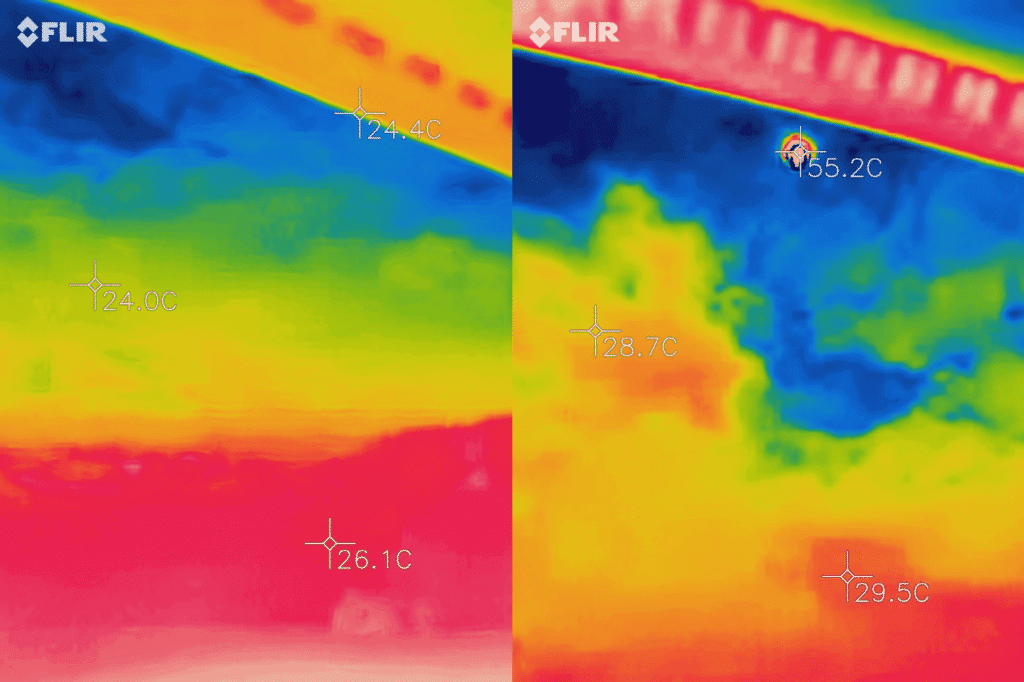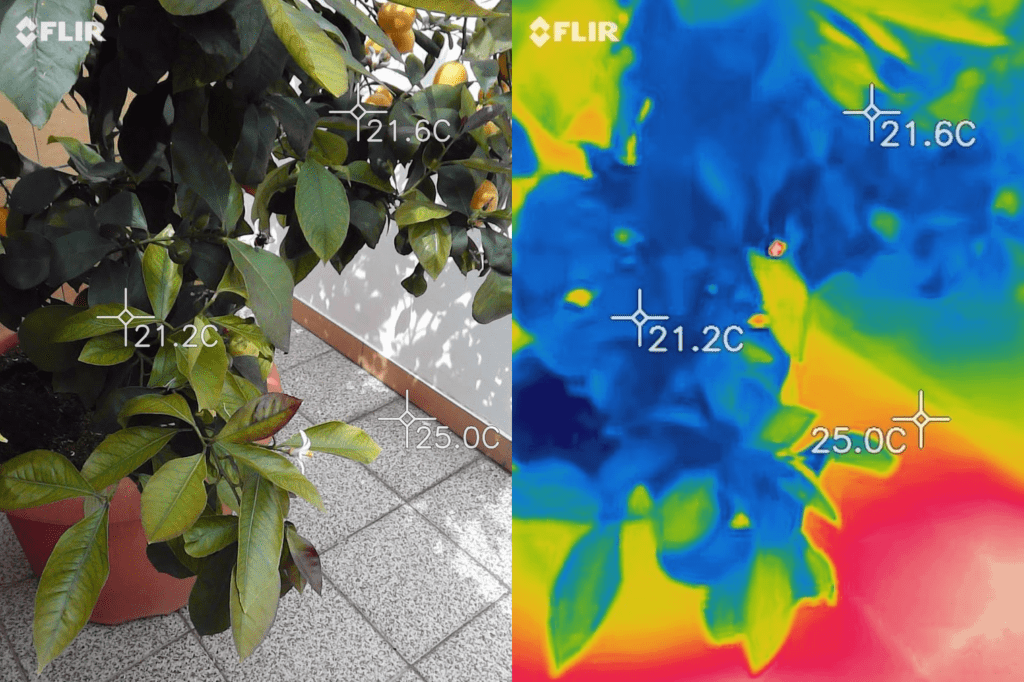Business Innovation Models: Drive Growth & Stay Competitive
Oct 7, 2025 in Guide: Explainer
Explore top business innovation models with real examples. Learn to select and apply frameworks that boost growth and keep you ahead.
Not a member? Sign up now
When machines go beyond human vision
Paulo Maia on Apr 24, 2020
Artificial Intelligence (AI) is one of the current hottest issues, intersecting many fields of interest. With the dissemination of this concept, the expectations about its potential grew a lot among the society. Some people look at AI as a set of mechanisms that can improve people’s intelligence, increasing the human activities performance, others look at it as smart machines capable of learning new concepts by themselves, but the higher expectations for AI settle on the creation of humanoids able to reproduce human reactions.
With this in mind, we idealize smart machines that can receive the same signals the human body receives, process that information and react in compliance with it. But in fact, here is where we can find one of the most interesting properties of AI: detecting and reading signals or information that can not be directly accessed by humans, as electromagnetic radiation out of the visible spectrum, infra- and ultrasounds, or signals from hostile environments.
By now, we will focus on the potential of thermal imaging in Artificial Intelligence systems. Heat vision cameras are currently used in a wide range of sectors that include farming, construction, electrical, healthcare, and many others, however, only a few applications combine thermal cameras with smart systems.
In this post, we present a brief explanation of thermal radiation, followed by an introduction of thermal cameras and their properties, a few examples of current thermal imaging + AI solutions, and suggestions for use cases that can be explored in a near future, grouped by industry.

Similarly to RGB cameras, thermal imaging cameras are sensors that can capture electromagnetic radiation, in this case, thermal radiation. But what is thermal radiation?
The heat (or thermal radiation) results from the energy radiated by any matter with a temperature greater than 0 Kelvin (0K = -273.15º C). Above this temperature, the atoms and the molecules perform little movements that are associated with a certain kinetic energy. Once the atoms are composed of charged particles (protons and electrons), kinetic interactions result in the generation of electric and magnetic fields, and consequently photons emission.
Therefore, any object with a temperature above the absolute zero is able to radiate thermal energy. This radiation is visible to the naked eye on some occasions, for example, when a metal is heated until it turns red. In this case, the metal is emitting red radiation (which is included in the visible spectrum), however, before reaching this point, the metal was already emitting radiation but with less energy. The lower the temperature, the lower the energy, and the lower the wave frequency, therefore, the radiation emitted by everyday objects belongs to the Infrared (IR) spectrum.

A little bit of trivia: humans consider red, orange and yellow as warm colors while green, blue and violet are seen as cold colors but, in fact, objects that emit blue radiation are 10 times hotter (according to Kelvin scale) than objects that emit red radiation.
Regarding the information above, it is reasonable to conclude that thermal cameras are Infrared sensors. However, we shouldn’t confuse them with Infrared illuminated cameras, used for night vision. These last capture the reflection of the IR radiation projected by themselves, instead of capturing radiation emitted by the objects.
When working with thermal cameras, the user should be aware of two effects: emissivity and reflectivity. Emissivity is related to the efficiency of an object to emit IR radiation while reflectivity measures how the object surface reflects the radiation. Both depend on the object surface properties, such as roughness, morphology and oxidation, and are related by the equation: reflectivity = 1 – emissivity.
To achieve an emissivity of 1.0, the surface should behave as a perfect black body, which is impossible to obtain in normal conditions. However, for thermographic measurements, it is desirable that the surface has as much emissivity as possible.
When the surface is very polished and shiny, like a mirror, the reflectivity is very high and the temperature measurements are biased by the background temperature. Therefore, the user should avoid capturing noisy signals through the reflection surface, like sun glints, and acquire images from different angles.

Thermal cameras can be used to visualize signals that are invisible to the naked eye or to enhance the detection of visible objects in poor visibility conditions, when their temperature differs from the background.
There is a long list of what can be detected by a thermal camera that includes categories as buildings, land, rocks (especially at night, once they accumulate heat during the day), mechanical engines, vehicles, living beings (animals and vegetation), liquids, gas, electrical circuits, leaks in isolation systems, and so on.
One advantage of thermal cameras over RGB cameras is privacy maintenance, i.e. these cameras can be used to detect people and record their behaviour. Yet, for low-resolution systems, people can not be easily identified through thermal imaging.
Thermal sensors are also very useful to detect objects through dust or smoke, however, their performance decreases when trying to see through rain or fog, once the water droplets cause light scattering.

Computer vision is the scientific field that focuses on the digital interpretation of visual data as images and videos. The classic methodologies for computer vision include image processing, feature extraction, and integration with machine learning algorithms. With the development of deep learning algorithms as convolution neural networks (CNN), the models have become able to automatically extract the most relevant features for each task.
These AI algorithms not only save work and time but also can find relevant information ignored by humans when extracting handcrafted features. If this property seems useful for RGB features, its utility is even more relevant for thermal imaging, whose interpretation is less intuitive and requires previous training.
With this in mind, some developers have been creating AI solutions that are fed by thermal images. In this section, you will find some of those applications.
Material recognition – Youngjun et al. developed a deep learning algorithm to recognize material types through temperature patterns. The model produced 98% accuracy for indoor materials and 89% for outdoor materials. This task could be performed using an RGB camera, however, thermal images do not depend on lighting conditions, being more consistent, no matter the daytime. [1]
Human detection – Human detection systems have a wide range of applications, as security surveillance, rescue missions, monitoring pedestrian traffic, monitoring crowds in public spaces, and so on. Currently, there are a few AI solutions for human detection that integrate thermal image. Nonetheless, they all are applied to security surveillance.
Automatic guidance for firefighters – Bhattarai and Martínez-Ramón developed a mechanism able to detect target objects like doors, windows, and ladders in conditions of heavy smoke and give support to firefighters, in real-time. This mechanism also detects people and estimates their posture, which is an indicator of their health status, assisting in rescue prioritization.
Fever detection – Athena incorporates thermal sensors in their security cameras to measure body temperature. Using AI, their system automatically detects people with fever, sending a warning, which is very useful nowadays to control COVID-19 contamination.
Carpal Tunnel Syndrome Diagnosis – Jesensek Papez et al. developed an automatic tool for Carpal Tunnel Syndrome diagnosis using thermography. This syndrome results in the compression of the median nerve inside the carpal tunnel which damages the nerve fibers around it. This damage causes a decrease in the vascular heat emission, which is visible in thermography.
In the previous section, we presented some AI solutions that have been developed, so far. The list is not very long which means there is a lot to do with AI and thermal imaging. If you are interested in thermography or AI, check the suggested use cases below. They might inspire you to develop a new solution, by yourself or with the NILG.AI team!
There is a whole world of data beyond the reach of our human sensors, AI can help you to augment human capabilities by efficiently using that knowledge. Thermal imaging is one case, stay tuned for further information on other forms to sense the world where we live in.

Like this story?
Special offers, latest news and quality content in your inbox.
Oct 7, 2025 in Guide: Explainer
Explore top business innovation models with real examples. Learn to select and apply frameworks that boost growth and keep you ahead.
Oct 6, 2025 in Listicle: Round-up
Discover 10 actionable digital transformation best practices. Learn how to drive growth with strategic insights for AI and data-focused businesses.
Oct 6, 2025 in Guide: How-to
Learn how to conduct SWOT analysis with this practical guide. Get actionable strategies, real-world examples, and proven tips for strategic business planning.
| Cookie | Duration | Description |
|---|---|---|
| cookielawinfo-checkbox-analytics | 11 months | This cookie is set by GDPR Cookie Consent plugin. The cookie is used to store the user consent for the cookies in the category "Analytics". |
| cookielawinfo-checkbox-functional | 11 months | The cookie is set by GDPR cookie consent to record the user consent for the cookies in the category "Functional". |
| cookielawinfo-checkbox-necessary | 11 months | This cookie is set by GDPR Cookie Consent plugin. The cookies is used to store the user consent for the cookies in the category "Necessary". |
| cookielawinfo-checkbox-others | 11 months | This cookie is set by GDPR Cookie Consent plugin. The cookie is used to store the user consent for the cookies in the category "Other. |
| cookielawinfo-checkbox-performance | 11 months | This cookie is set by GDPR Cookie Consent plugin. The cookie is used to store the user consent for the cookies in the category "Performance". |
| viewed_cookie_policy | 11 months | The cookie is set by the GDPR Cookie Consent plugin and is used to store whether or not user has consented to the use of cookies. It does not store any personal data. |